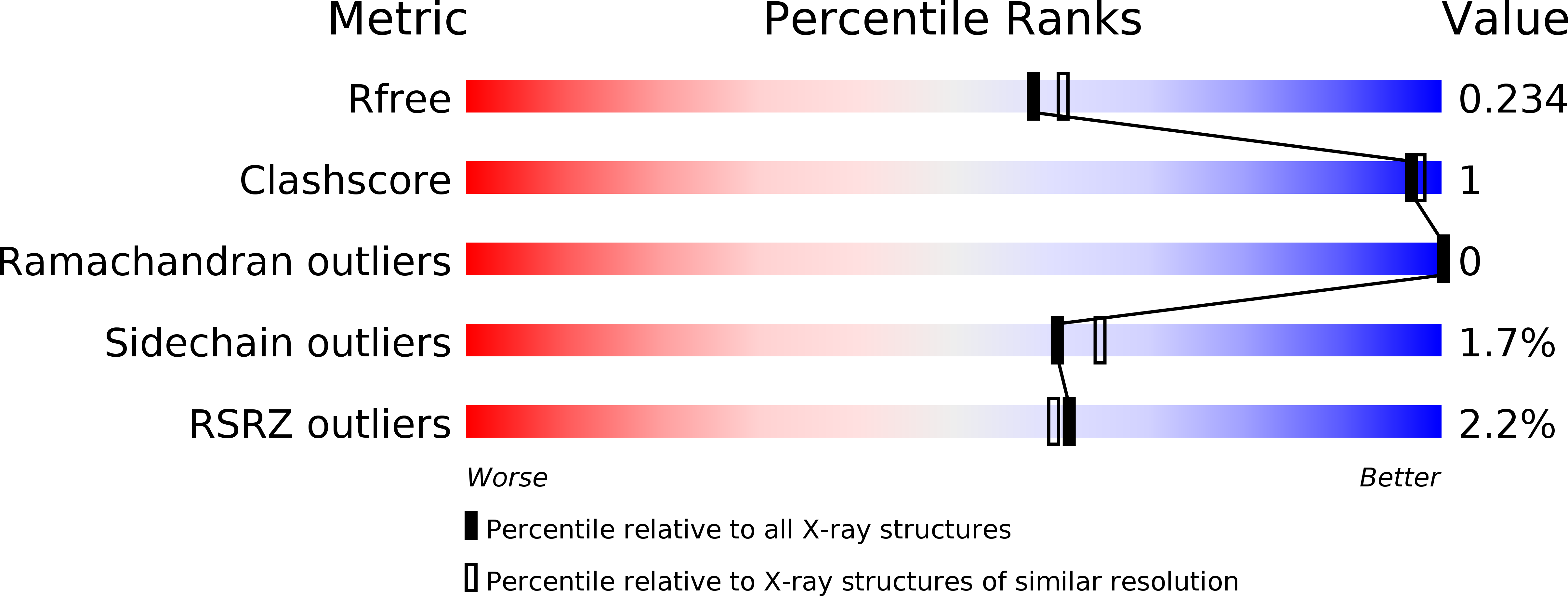
Deposition Date
2017-12-12
Release Date
2018-08-01
Last Version Date
2023-10-04
Entry Detail
PDB ID:
6BVB
Keywords:
Title:
Crystal structure of HIF-2alpha-pVHL-elongin B-elongin C
Biological Source:
Source Organism:
Homo sapiens (Taxon ID: 9606)
Host Organism:
Method Details:
Experimental Method:
Resolution:
2.00 Å
R-Value Free:
0.23
R-Value Work:
0.19
R-Value Observed:
0.20
Space Group:
P 43 21 2


